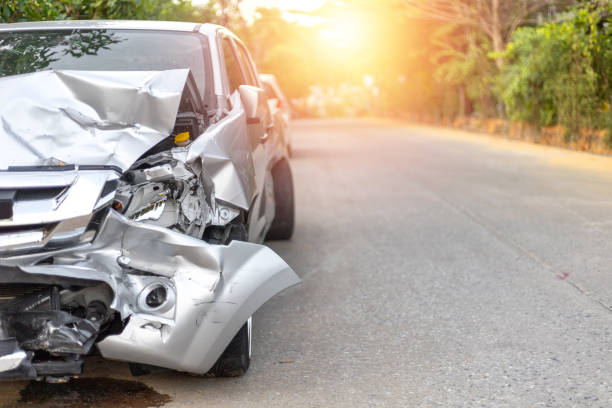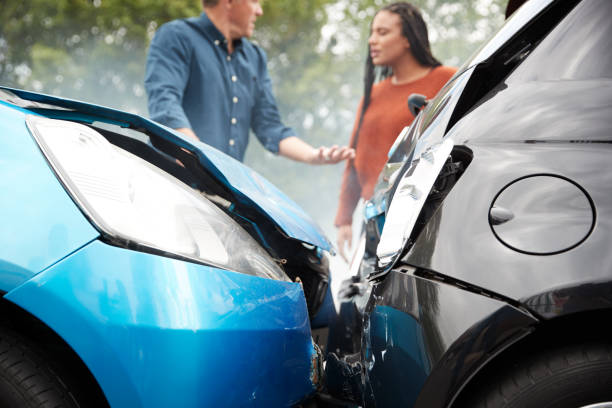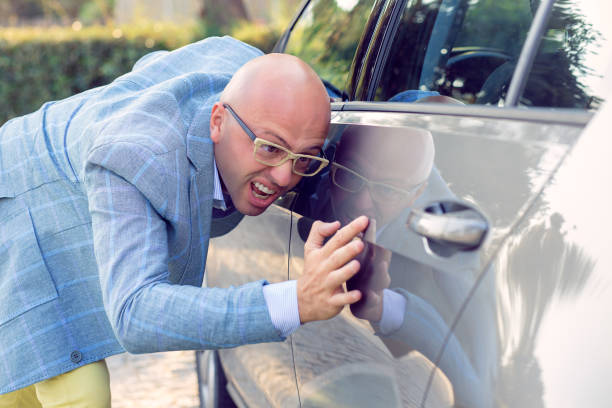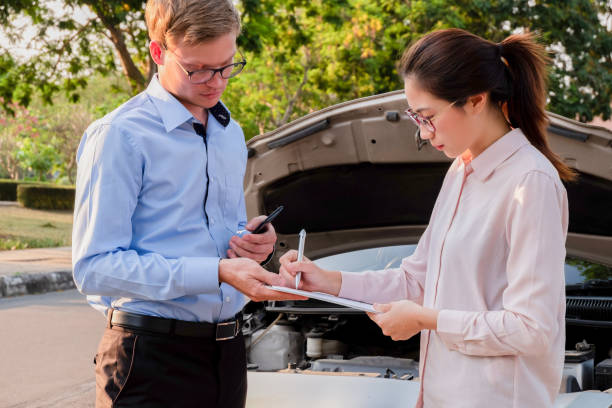
A vehicular accident is bad enough as it is. But it gets even worse when you find out that the other driver is uninsured or underinsured.
What should you do next?
How will you recover compensation?
Does this mean you’re going to have to pay for the damages out of pocket?
Well, if you find yourself in an accident with an uninsured or underinsured driver, here are the steps that can help increase your chances of getting compensation for your damages:
Step 1: Assess Everyone’s Safety
Check if everyone’s OK and if anyone’s injured, call 911 right away.
Step 2: Contact Law Enforcement.
You need to report the accident, and this step is even more important if the other driver does not have insurance or is underinsured. You can use the official police report as evidence for your case.
Step 3: Exchange Information
Get the other driver’s name, address, contact number, driver’s license number, license plate number and insurance policy details (if any).
Step 4: Gather Evidence
Take photos and videos of the damages to your vehicle, your injuries, the accident scene, and others. If there are witnesses, you can also get their statement and contact details.
Step 5: Call Your Insurance Provider
You need to report the accident to your insurer as some policies may have coverage included for accidents that involve uninsured/underinsured drivers.
Step 6: Consult a Lawyer
You may want to consider seeking legal advice from a lawyer for cases involving uninsured/underinsured drivers so they can give you options on how to proceed with your case. They can also tell you what insurance coverage options you have so you can determine the best way to get compensated for your damages.

What are the Options If the Other Driver is Uninsured or Underinsured?
Depending on your specific circumstances, you have a few options to choose from. Let’s discuss them here.
Uninsured Motorist Coverage
When you’re in an accident with an uninsured driver, your own insurance will step in. Uninsured motorist (UIM) coverage is your safety net, and although only a few states mandate this add-on coverage, most insurers are legally required to offer it.
Your UIM coverage usually can’t exceed the limits of your standard liability coverage. That means if your liability coverage is $100,000 per accident, your UIM coverage is often capped at this amount.
Underinsured Motorist Coverage
Underinsured motorist coverage functions in the same way as uninsured motorist coverage. It gives you financial protection if you’re involved in an accident with a driver whose insurance falls short of covering your injuries.
Underinsured motorist coverage is not required in most states but it is commonly offered by insurance providers as an optional addition to your policy.

When Can I File an Uninsured / Underinsured Motorist Claim
Insurance companies have time limits for filing uninsured and underinsured motorist claims, often requiring submission within a short window, such as 30 days from the accident date. So it’s essential to act quickly once you realize that the other driver’s insurance coverage is insufficient.
Uninsured Drivers in No-Fault Car Insurance States
In no-fault car insurance states, your own insurance steps in to cover your medical expenses and certain other losses following a car accident. Generally, you can only pursue legal action against the other driver if you sustained serious injuries or accrued medical bills surpassing a certain threshold.
Using PIP or MedPay Coverage
In states without mandatory no-fault regulations, drivers often have the option to purchase personal injury protection (PIP) or Medical Payments (MedPay) coverage. These coverages can be used to settle your medical expenses following a car accident involving an uninsured driver.
One advantage of PIP and MedPay is that you won’t need to wait until the completion of your treatment before filing a claim. You can submit your medical bills as they come, allowing you the benefit of immediate reimbursement.
Using Collision Coverage
Although not required by any state, collision coverage can be a valuable addition to your car insurance policy for an additional fee. This coverage will cover the repair costs of your vehicle under the following circumstances:
- If you were deemed at fault for the accident.
- In instances where the other driver is uninsured.
- When you’re involved in a hit-and-run incident.
It’s important to note that collision coverage solely applies to repairs of your vehicle and does not extend to cover your injuries.

Filing a Lawsuit Against an Uninsured Driver
Unless the uninsured driver has a lot of personal assets, we would not advise filing a lawsuit against them. Oftentimes, the better approach is to file an uninsured motorist claim as it’s simpler and quite possibly more effective in getting compensation for your damages.